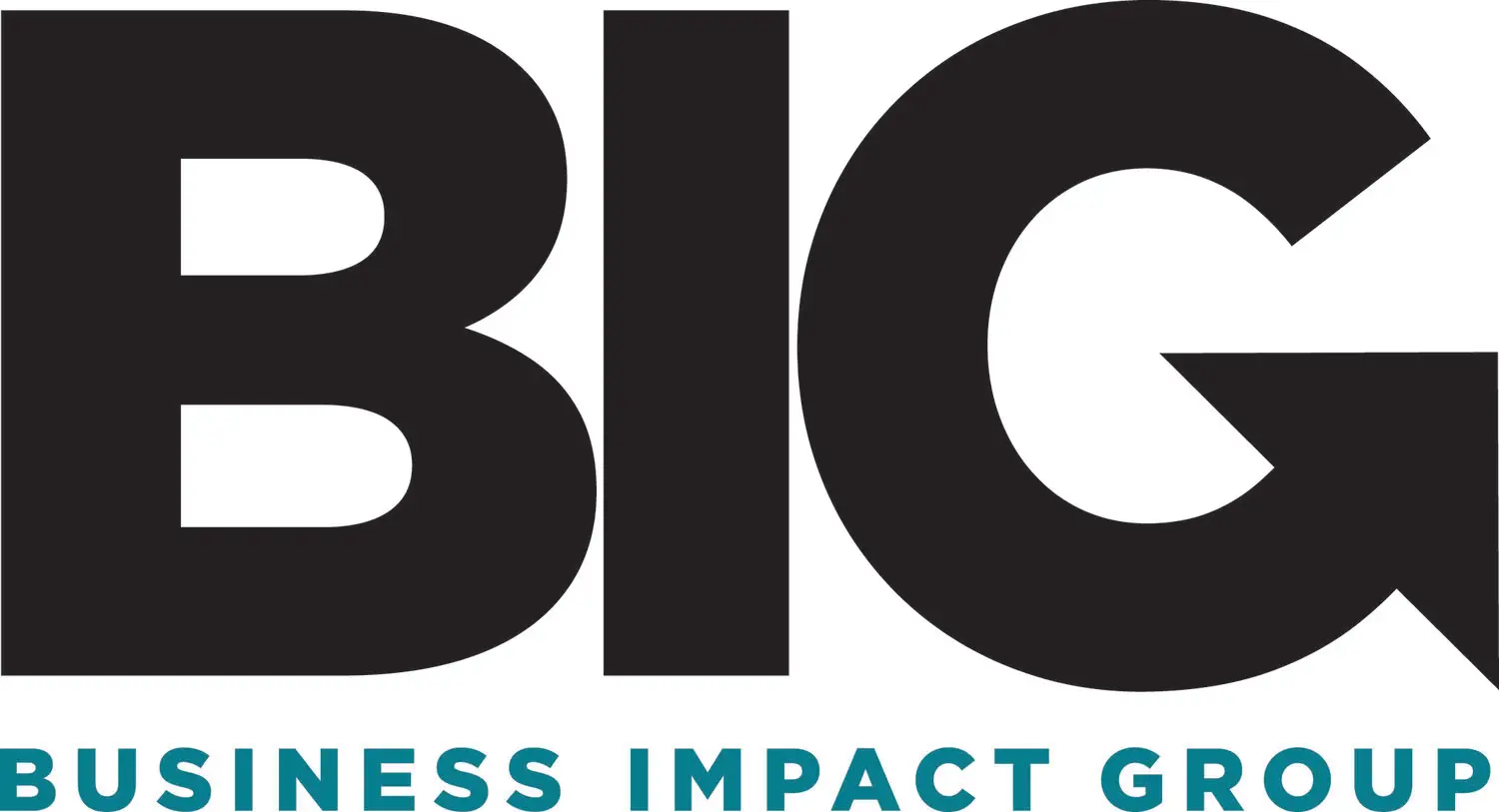Business development is a critical component of any successful organization, serving as the backbone for growth and sustainability. In the context of referral networks, it takes on an even more significant role, as these networks are often built on trust, relationships, and mutual benefit. Referral networks provide a platform for businesses to connect with potential clients through established relationships, which can lead to increased sales and market reach.
The importance of business development within these networks cannot be overstated; it is the driving force that transforms casual acquaintances into valuable partnerships. By fostering a culture of collaboration and support, businesses can leverage the collective strengths of their referral partners to create a robust ecosystem that benefits all parties involved. Moreover, the dynamics of referral networks allow businesses to tap into new markets and customer segments that may have previously been inaccessible.
When organizations engage in business development within these networks, they not only enhance their visibility but also build credibility through association with trusted partners. This credibility is essential in today’s competitive landscape, where consumers are increasingly discerning and rely on recommendations from their peers. By understanding the importance of business development in referral networks, organizations can strategically position themselves to maximize opportunities for growth, ensuring that they remain relevant and competitive in their respective industries.
Key Takeaways
- Business development in referral networks is crucial for expanding your customer base and increasing revenue.
- Building strong relationships with referral partners is essential for gaining trust and generating quality referrals.
- Leveraging technology can help streamline the referral process and improve results within your network.
- Identifying and targeting ideal referral sources can lead to more qualified leads and higher conversion rates.
- Creating a consistent and memorable brand image is key to standing out and being remembered by potential referral sources.
- Implementing effective communication strategies within referral networks is vital for maintaining strong connections and generating referrals.
- Measuring and analyzing referral network performance is important for identifying areas of improvement and maximizing results.
Building Strong Relationships with Referral Partners
At the heart of any successful referral network lies the strength of the relationships between its members. Building strong relationships with referral partners requires a commitment to mutual support and a willingness to invest time and resources into nurturing these connections. It is essential to approach these relationships with authenticity and transparency, as trust is the cornerstone of effective networking.
By actively engaging with referral partners, sharing insights, and providing value without expecting immediate returns, businesses can cultivate a sense of camaraderie that fosters long-term collaboration. This approach not only enhances the likelihood of receiving referrals but also encourages partners to actively promote each other’s services, creating a win-win scenario for all involved. In addition to fostering trust, it is crucial to maintain open lines of communication with referral partners.
Regular check-ins, updates on business developments, and sharing success stories can help keep the relationship vibrant and engaged. By demonstrating genuine interest in each other’s businesses, partners can identify opportunities for collaboration that may not have been apparent initially. Furthermore, celebrating each other’s successes reinforces the bond between partners and encourages a culture of reciprocity.
When referral partners feel valued and appreciated, they are more likely to prioritize the relationship and actively seek ways to refer clients to one another, ultimately driving business growth for all parties involved.
Leveraging Technology to Enhance Referral Network Results

In today’s digital age, technology plays a pivotal role in enhancing the effectiveness of referral networks. Various tools and platforms can streamline communication, facilitate connections, and track referrals more efficiently than ever before. For instance, customer relationship management (CRM) systems can help businesses manage their interactions with referral partners by organizing contact information, tracking referral history, and automating follow-up communications.
By leveraging these technologies, organizations can ensure that they are maximizing their networking efforts while minimizing administrative burdens. This allows businesses to focus on building relationships rather than getting bogged down by logistical challenges. Moreover, social media platforms have revolutionized the way businesses connect with potential referral partners and clients.
By utilizing platforms such as LinkedIn, organizations can expand their reach beyond traditional networking events and engage with a broader audience. Sharing valuable content, participating in discussions, and showcasing expertise can attract like-minded professionals who may become valuable referral sources. Additionally, online networking groups and forums provide opportunities for businesses to connect with others in their industry or niche, further enhancing their referral network.
By embracing technology as a tool for growth, organizations can create a more dynamic and responsive referral network that adapts to changing market conditions and client needs.
Identifying and Targeting Ideal Referral Sources
A critical aspect of building a successful referral network is identifying and targeting ideal referral sources. Not all connections will yield fruitful referrals; therefore, it is essential to focus on those individuals or organizations that align with your business goals and target audience. Conducting thorough research to understand the demographics, interests, and needs of potential referral sources can help businesses tailor their outreach efforts effectively.
By identifying key players within specific industries or communities who share similar values or clientele, organizations can create targeted strategies that resonate with these potential partners. Once ideal referral sources have been identified, it is crucial to develop a personalized approach to engage them. This may involve reaching out through mutual connections or attending industry events where these individuals are likely to be present.
Crafting a compelling value proposition that highlights the benefits of collaboration can pique their interest and encourage them to consider forming a partnership. Additionally, nurturing these relationships over time through consistent communication and engagement will help solidify connections and increase the likelihood of receiving referrals. By strategically targeting ideal referral sources, businesses can create a more focused and effective network that drives meaningful results.
Creating a Consistent and Memorable Brand Image
In the realm of business networking, establishing a consistent and memorable brand image is paramount for standing out among competitors. A strong brand identity not only communicates what a business stands for but also fosters trust and recognition among potential referral partners and clients. To create this image, organizations must ensure that their branding elements—such as logos, color schemes, messaging, and overall aesthetic—are cohesive across all platforms and materials.
This consistency reinforces brand recall and helps build credibility within the network. Furthermore, storytelling plays an essential role in creating an emotional connection with both referral partners and clients. By sharing authentic narratives about the company’s mission, values, and successes, businesses can engage their audience on a deeper level.
This storytelling approach not only humanizes the brand but also makes it more relatable and memorable. When referral partners resonate with a brand’s story, they are more likely to advocate for it within their networks. Ultimately, investing in a consistent and memorable brand image enhances visibility within referral networks and increases the likelihood of generating valuable referrals.
Implementing Effective Communication Strategies within Referral Networks

Effective communication is the lifeblood of any successful referral network; it ensures that all members are aligned in their goals and expectations while fostering an environment of collaboration. Establishing clear communication strategies is essential for maintaining strong relationships among partners. Regular meetings—whether virtual or in-person—can provide opportunities for members to share updates on their businesses, discuss challenges they may be facing, and brainstorm solutions together.
These interactions not only strengthen bonds but also create a sense of accountability among partners as they work towards common objectives. In addition to scheduled meetings, utilizing various communication channels can enhance engagement within the network. Email newsletters, group chats on messaging platforms, or dedicated online forums can facilitate ongoing dialogue among members.
Sharing valuable resources such as articles, industry news, or success stories can keep everyone informed while encouraging knowledge sharing. Moreover, recognizing individual contributions within the network fosters a culture of appreciation that motivates members to remain active participants. By implementing effective communication strategies, organizations can cultivate a thriving referral network where collaboration flourishes.
Measuring and Analyzing Referral Network Performance
To ensure that a referral network is delivering tangible results, it is crucial to measure and analyze its performance regularly. Establishing key performance indicators (KPIs) such as the number of referrals generated, conversion rates from referrals to clients, and overall revenue attributed to referrals can provide valuable insights into the effectiveness of the network. By tracking these metrics over time, businesses can identify trends and patterns that inform their strategies moving forward.
This data-driven approach allows organizations to make informed decisions about where to allocate resources or which partnerships may need further nurturing. Additionally, soliciting feedback from referral partners can provide qualitative insights into the network’s performance. Understanding their experiences—what works well and what could be improved—can help businesses refine their approach to networking.
Regularly assessing both quantitative metrics and qualitative feedback creates a comprehensive picture of how well the referral network is functioning. By committing to ongoing measurement and analysis, organizations can adapt their strategies as needed to ensure sustained growth through their referral networks while maximizing the potential for business development opportunities.
For those interested in understanding how strategic networking and referrals can significantly enhance business growth, a related article worth reading is “How Business Impact Group Enhances Growth Through Referral Marketing.” This piece delves into the methodologies and strategies that businesses can adopt to effectively utilize their referral networks, driving substantial results. You can read more about these insightful strategies by visiting How Business Impact Group Enhances Growth Through Referral Marketing. This article complements the broader discussion on the role of business development in leveraging referral networks for optimal outcomes.
FAQs
What is business development in referral networks?
Business development in referral networks involves building and nurturing relationships with other businesses and individuals to generate referrals and drive business growth.
How does business development drive results in referral networks?
Business development drives results in referral networks by creating opportunities for new business through referrals, partnerships, and collaborations with other businesses and individuals.
What are the key strategies for successful business development in referral networks?
Key strategies for successful business development in referral networks include building strong relationships, providing value to partners, consistently following up on referrals, and actively seeking out new referral opportunities.
What are the benefits of business development in referral networks?
The benefits of business development in referral networks include increased business opportunities, expanded network reach, enhanced credibility through referrals, and the potential for long-term partnerships and collaborations.
How can businesses measure the success of their business development efforts in referral networks?
Businesses can measure the success of their business development efforts in referral networks by tracking the number of referrals received, the quality of those referrals, and the resulting business growth and revenue.





